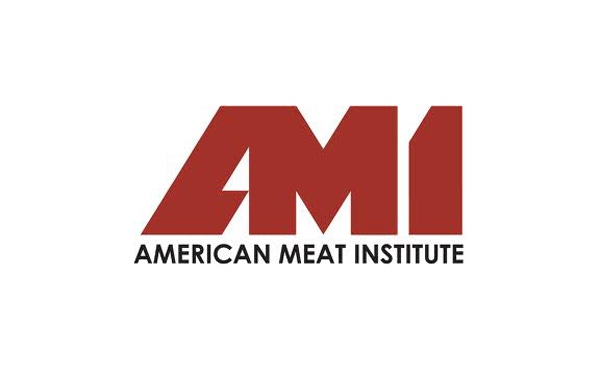Consumers can be assured that U.S. beef remains safe.
April 24, 2012

Statement from AMI Executive Vice President James H. Hodges:
“U.S. beef products are among the safest in the world and USDA’s announcement today confirms that the U.S. animal disease surveillance system works to protect our herds and the public.
USDA announced today that a dairy cow that died in California has tested positive for BSE. The animal was never sent to a meat plant and never entered the food supply.
The U.S. cattle herd is more than 90 million head, and more than 30 million head are processed annually. Since 2003, the U.S. has diagnosed four total cases of BSE. The last case was diagnosed in 2006. That translates into one of the lowest rates of BSE in any nation that has ever diagnosed a case.
Also reassuring is the fact that no case of the human version (called Variant Creutzfeld-Jakob Disease or vCJD) has ever been associated with U.S. beef consumption. In the United Kingdom, where nearly all of the human cases have occurred, it was common to consume parts of the animal that can transmit the disease, like the brain of older animals. That was not a practice that was ever common in the U.S., and since 2003, it has been illegal.
The disease emerged in the United Kingdom in the late 1980s and peaked in 1992 at over 37,000 cases in a single year. The U.S. learned from the British experience with the disease, and we were able to translate our learnings into strong, proactive interlocking safeguards that have served us well.
Certainly, BSE news can generate concerns and questions, but the facts show that our animal disease prevention system is strong and our beef is safe. Consumers can continue to enjoy their beef with confidence.”
Consumers and media with questions should visit www.MeatSafety.org.
You May Also Like



